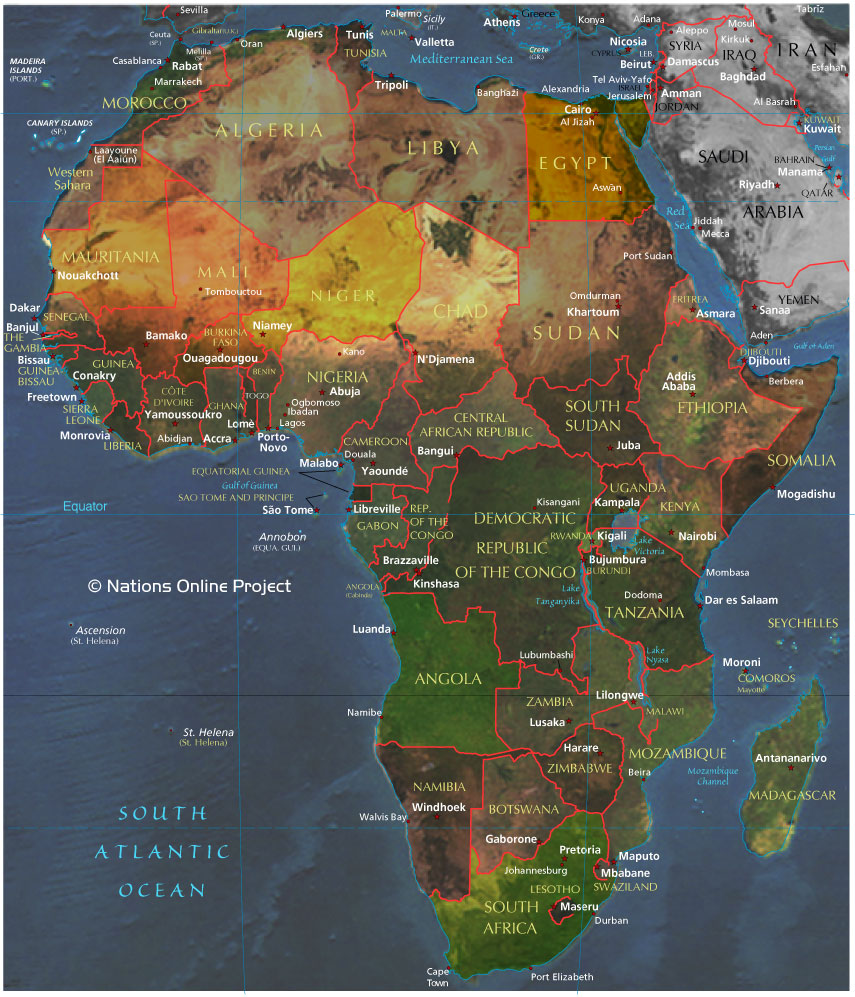This is one of the MOST IMPORTANT things you can do to have a successful vegetable garden and healthy trees.
I suggest making Compost Pits continuously, all year long. I would say to dig as many as you can so you are continuously making compost.
I guarantee you will use all of your compost, no matter how much you make and the key is to fertilize your gardens and trees with compost over and over again.
You will use the compost when you first prepare your garden, use it in the planting bags to start your seedlings and use it many times during the year to replenish the soil.
You will also use chopped up grasses as mulch to put around your vegetables and trees. Try to leave a small circle clear of mulch near the stem of your vegetables and trees to discourage termites.
As an added measure to stop the nutrients from leaching out of your garden, you may use a Banana Leaf Base. See Instructions under Compost Making instructions.
COMPOST MAKING
- Compost: Compost needs to be made in April so that it is ready for tube filling in June
( compost can be ready for use in six weeks).
Typically, compost should be made in pits
– a pit of 2 metres( 6 1/2 ft.) long by 1 metre (3 ¼ ft) wide and I metre ( 3 ¼ ft) deep will produce enough compost for up to 8,000 small polythene tubes.
- Compost making process: The first layer in the bottom of the pit is 10cm (4 inches) of forest or dambo soil. The second layer is 10cm (4 inches) of leaves or grass which should be compacted by walking on top of it. The third layer is 10 cm (4 inches) of manure. Except for the first layer, each layer should be watered with three watering cans of water before adding the next layer. These layers are then repeated in the same order until the pit is full. Normally. There will be three layers of each material in a 1 metre deep pit. The compost pit should be completed with a final 10cm (4inches) layer of soil which is compacted by walking on it, and the finished compost heap should be the same level as the surrounding ground.
Compost Layers
| Final Layer- Dambo or forest soil 10cm |
| Manure 10cm |
| Leaves/grass 10cm |
| Dambo or forest soil 10cm |
| Manure 10cm |
| Leaves/grass 10cm |
| Dambo or forest soil 10cm |
| Manure 10cm |
| Leaves/grass 10 cm |
| Dambo or forest soil 10cm |
Tube filling mix
Dambo soil 2 parts
Compost 2 parts
Sand 1 part
Remember, Compost provides the nutrients for the tree seedlings and vegetable seeds.
As an added measure to stop the nutrients from leaching out of your garden, you may use the following Banana Leaf Base instructions.
First decide where you will put your vegetable garden and what size it will be. Example 7 metres x 7 metres.
Then dig down approximately 12 inches and remove the soil from the area you want to put the garden and lay it on the sides all around.
Then lay banana leaves on the whole floor and up the sides of the pit you have just removed the soil from .
Then put a layer of tree leaves and cut up grasses( mulch). This layer of banana leaves, tree leaves and cut up grasses will help stop the nutrients from leaching from your garden
Then put a layer of the soil that you had taken out back on the garden.
Then put on a layer of compost, another layer of soil, another layer of compost until the garden is full.
Then water the whole garden. It will settle a little once watered so you may see if you need to add more soil.
I would wait to plant the garden the next day as it will be easier to work a drier soil when planting your seed.
While you are waiting that one day it would be a good time to decide where you will put all of your seeds. Which Vegetables grow well together.
Tip: Want to download Which vegetables grow well together? Download the printer-friendly version here.
It is a good idea to draw a plan of your garden so you know where you will plant what, where you will put mulch walkways for easy access for weeding and thinning and when things start to grow you will know what they are.
Now you are now ready to plant. Enjoy!


